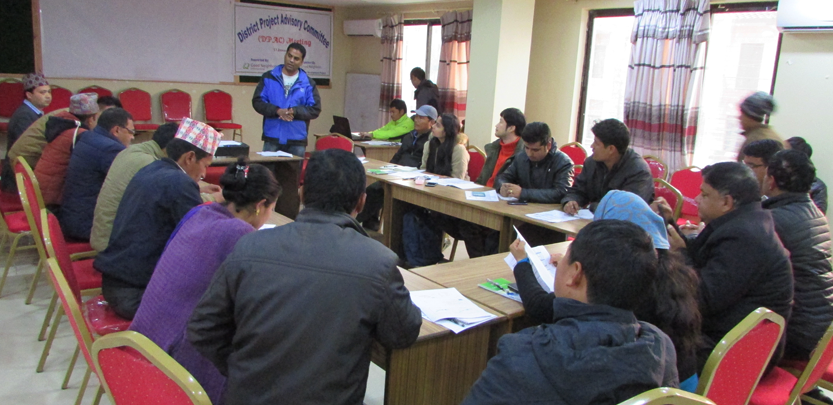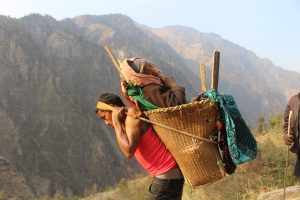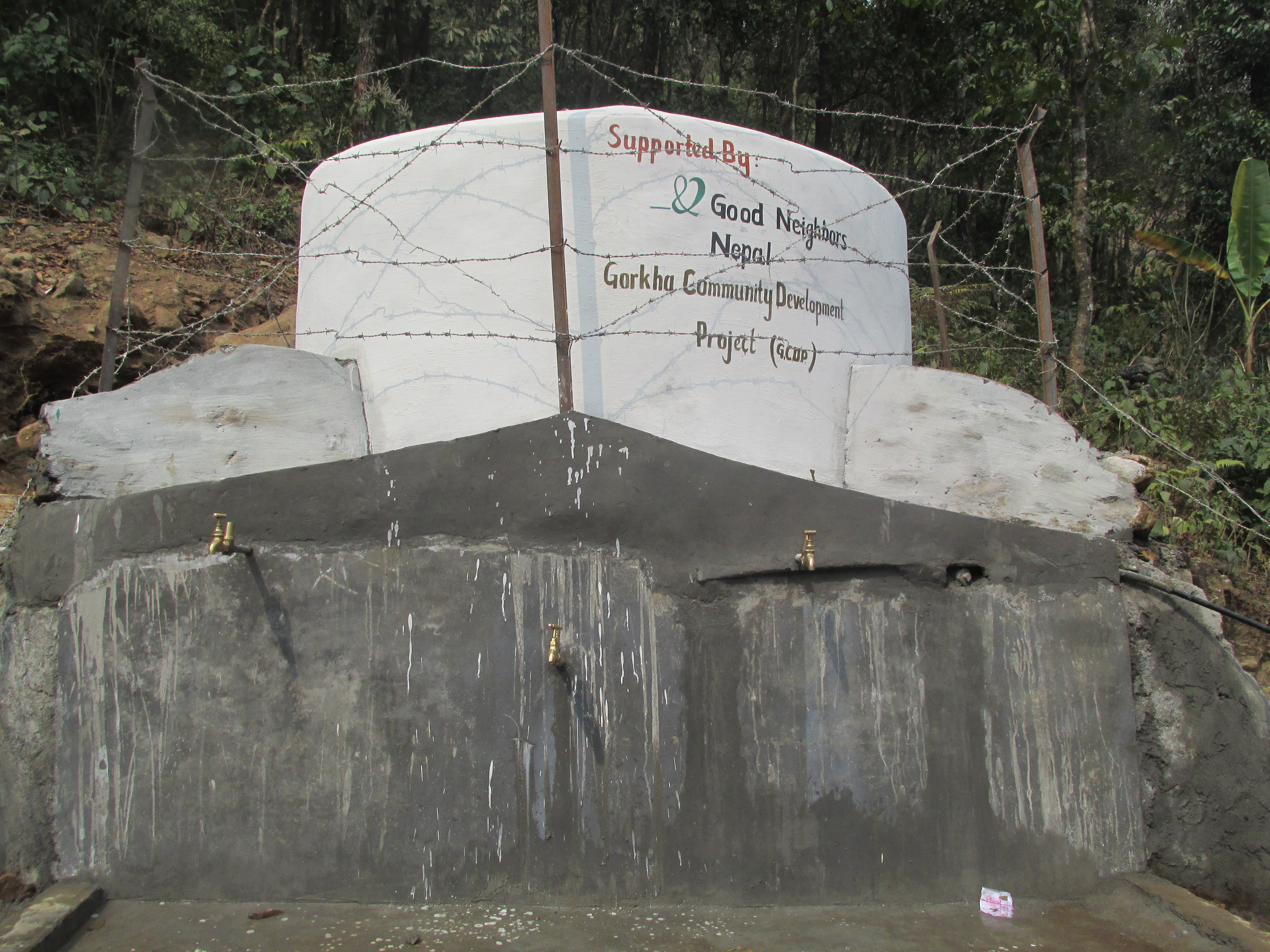What We Do
Emergency Medical Service (EMS)

Nepal is vulnerable to a multitude of hazards as evidenced by the April 25th 2015 7.8 earthquake devastating much of the country. It left more than 8,800 dead, injuring more than 21,000 people, and forcing 2.3 million people to leave their homes. A total of 446 public health facilities including administrative buildings were completely destroyed. As a result, the ability of the health facilities to respond to the healthcare needs has been affected by the destruction and hampered by disorganization and lack of services. Consequently, vulnerable populations, have been further disadvantaged in accessing health services in remote areas.
The Nepal Risk Reduction Consortium (NRRC), identified the necessity to “…enhance the Government of Nepal’s [Emergency Preparedness] response capabilities at the national, regional, and district levels.” (Emergency Response Capacity Scoping Mission, 2011, Nepal) Furthermore, the UN’s International Search and Rescue Advisory Group (INSARAG) completed a scoping mission that revealed Nepal needs a “Complete overhaul of existing ambulance (pre-hospital) services”.
Goal:
Increase community resilience to the impacts of acute injury and illness from disasters and medical emergencies by the provision of integrated Emergency Medical Services (EMS) in Different district
Objectives Of EMS
Strengthening EMS System
• Establish EMS Authority
• Developing RFR & RMR Handbook & Curriculum
• Capacity building of Community Leaders
• Capacity building of Health Workers
Integrating EMS System
• Establishing a Dispatch Center
• Establishing a TollFreeCall#112
• Developing the Emergency Response Cooperative




